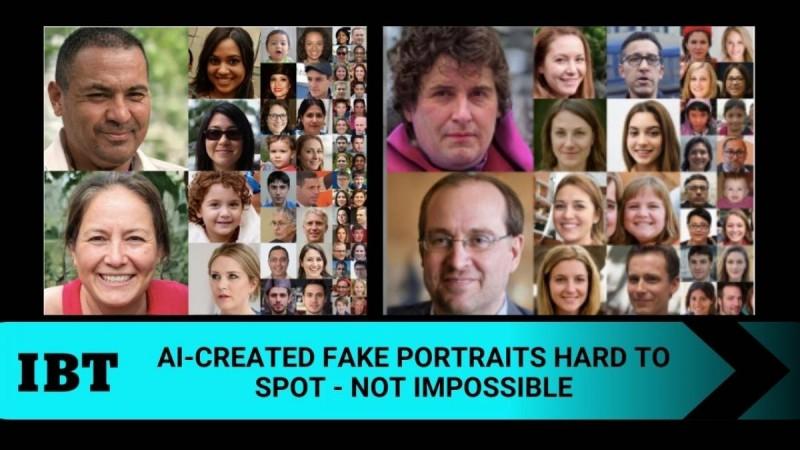At the rate with which the technology is advancing, sky is the limit. Now, you can have fake people pose as real in the digital world and it would take more than an eagle-eye vision to spot the difference. The popularity of fake people is such that there are businesses selling fake persons for as little as $2.99.
If you wonder what might be its use-case, spies, social media trolls right-wing propagandists stand to benefit as they tend to hide behind faceless identities. With the help of AI-created fake people, a touch of authenticity is added so they no longer "appear" anonymous.
How AI creates fake people
The New York Times used Nvidia's GAN software to create fake portraits, that if you look at a glance won't raise any red flags. GAN, which stands for generative adversarial network, is a new type of AI, which has advanced to a whole new level. It basically learns from the photos of real people fed to a computer program, which it then studies and then creates its own photos of people who do not exist in the real world.

But as the advances in facial fakery are made, it is going to get harder to tell real photos apart. The GAN software has different values that can be adjusted to meet the desired end result. From the size and shape of the eyes to age, perspective, mood, gender and even race and ethnicity.
So you give an input facial image, and the style-based generator can learn its distribution and apply its characteristics to a new image. This was not possible with previous GANs as we could not control what specific features needs to be regenerated. The new generator can control the effect of a particular style — from high-level facial attributes such as pose, identity to shape — without changing any other features.
#AI now creates human faces indistinguishable from reality#MustRead of the week on tech dystopia from @nytimes https://t.co/48ePvPMgPQ pic.twitter.com/FiEPWeM3w6
— Sony Kapoor (@SonyKapoor) November 23, 2020
Between now and the time when GANs were first introduced in 2014, the technology has certainly come a long way, but is not completely devoid of flaws. Watch a brief video below to understand how it's done.
Identifying fakes
The AI has improved now, from a time when it labeled two Blacks as "gorillas" to certain hints that are often missed by the human eye. The NYT pointed out, fashion accessories can cause a problem in fake portraits and glasses are common accessories. Sometimes, at the cost of recreating imperfect symmetrical features, the AI can have distinct features that do not match. There could also be some random artifacts in an image, that only when pointed out you will be able to notice. The Times said abstract or blurry backgrounds are often giveaways of fake portraits.











